Investors are so used to receiving bad news from Sainsbury that when the group announced Sir Peter Davis was joining as chief executive its shares shot up 5% even though the announcement was accompanied by another profit warning.
The City was told higher supermarket operating costs would impact group results for the current financial year, while pretax profit would be between £560m and £610m at the lower end of market expectations.
Total sales in Sainsbury's supermarkets business did increase by 4% in the third quarter, while like for likes were ahead 2%.
But while the sales figures are better than many in the City had been fearing, they are far worse than those posted by Sainsbury's main rivals.
Sir Peter will not have failed to notice that the winners this Christmas were those retailers who do what Sainsbury apparently cannot successfully meet the needs of their customers.
Arch rival Tesco has grown up with its customers. As they moved upmarket, so did it. As they demanded more non foods, it found the room to stock what they wanted. And when they started demanding more price cuts, it responded with an Every Day Low Prices strategy. The result? Tesco enjoyed like for like sales growth of 5.5% in the UK this Christmas on the back of its significant programme of price cutting, while maintaining operating margins through greater efficiencies.
Sainsbury, meanwhile, had to spend heavily on revamping stores, boosting customer service and improving availability simply to stop its Christmas sales slumping.
A dogged determination to provide good value and constant availability helped Morrisons, meanwhile, report Christmas and new year sales up 19.5% on last year.
Philip Dorgan, an analyst at WestLB Panmure, said: "These numbers demonstrate that good value and retail flair can still deliver outstanding growth even in a deflationary UK market."
It's a good point well made, and one that Sir Peter has, it seems, already identified as a priority.
At the other end of the pricing scale, Waitrose also did well over Christmas. And executives there are privately rubbing their hands with glee over the troubles at Sainsbury and Marks and Spencer, saying much of their success has come through winning business off those troubled chains.
Why? Because Waitrose, like Tesco and Morrisons, but unlike Sainsbury, knows what its customers want and has worked hard ensuring it delivers on its promises at store level.
Even beleaguered Safeway managed to rebuild its sales growth over Christmas albeit at the expense of margins thanks to what is now dubbed the "Carlos Factor".
So will Sir Peter be able to work some magic of his own on Sainsbury?
The City clearly believes he is the man to sort out the malaise at Sainsbury.
And the Sir Peter Factor' has helped Sainsbury's flagging share price make a small rally not bad considering he doesn't actually take over until March.
Sir Peter must now build on that initial burst of euphoria to ensure City sentiment doesn't turn sour.
That will not be easy given investors have fallen out of love with the food retail sector. Even Tesco has struggled to keep pace with the FTSE All Share Index, while Sainsbury's shares have underperformed their rivals by 43% in the past four years.
But at least Sir Peter's biggest shareholders the Sainsbury family have backed him publicly and in so doing have made it clear the business will not be sold to an overseas predator.
Clearly, this is a pivotal moment in the long history of Sainsbury. You could argue it's make or break time for one of Middle England's most famous institutions.
So, over the next few pages, we take a close look at Sir Peter and his options for rebuilding the business.
{{NEWS }}
Close menu
- Home
- Retail & Wholesale
-
Products & Suppliers
- Back to parent navigation item
- Products & Suppliers
-
Product Categories:
- Back to parent navigation item
- Product Categories:
- Alcoholic drinks
- Bakery
- Cereals & breakfast
- Cheese
- Chicken & poultry
- Chocolate
- Confectionery
- Crisps, nuts & snacks
- Dairy
- Fish
- Fresh produce
- Frozen
- Household
- Meat
- Own Label
- Sauces & condiments
- Seasonal
- Soft drinks
- Vaping
- Vegan & plant-based
- World foods
- Suppliers
- People
- Reports & Data
-
Topics A-Z
- Back to parent navigation item
- Topics A-Z
-
Popular topics:
- Back to parent navigation item
- Popular topics:
- Cost of living crisis
- Crime
- Deposit Return Schemes
- Finance
- Government & Regulation
- Health
- Inflation
- Loyalty
- Marketing
- Mergers & Acquisitions
- New Product Development
- Sourcing
- Supply chain
- Sustainability & environment
- Technology
- Ultra Processed Foods
- Vaping
- A-Z all topics
- Content by type:
- Events
- Ask iA (beta)
- Subscribe now
Sign in to comment on this article
Not logged in before? Register for FREE guest access today.
You will be able to:
- Read more stories
- Receive daily newsletters
- Comment on stories
Advert

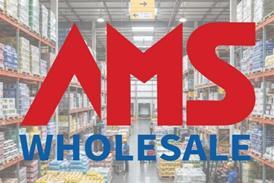





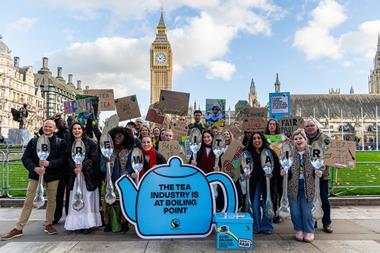

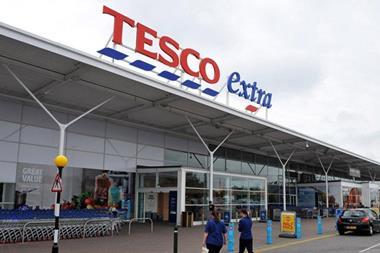
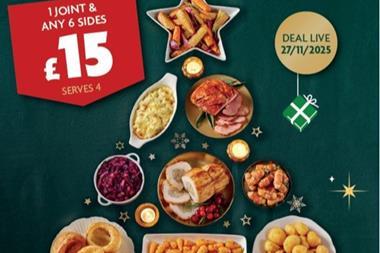
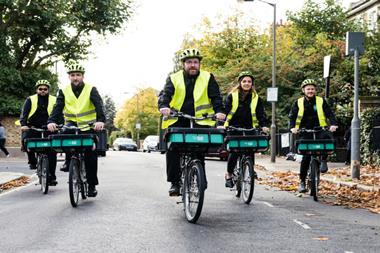





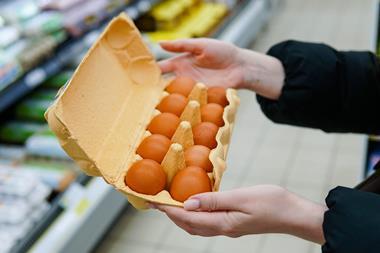
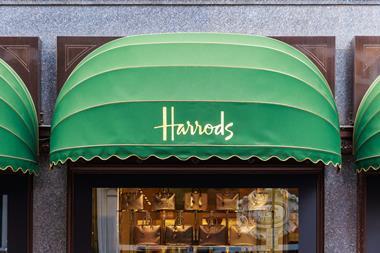
No comments yet